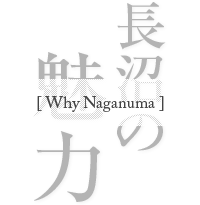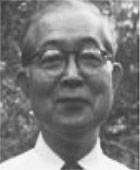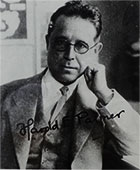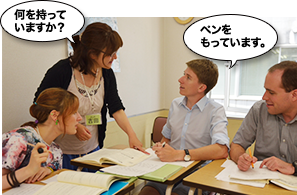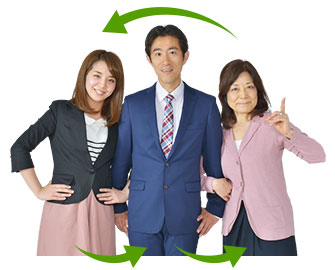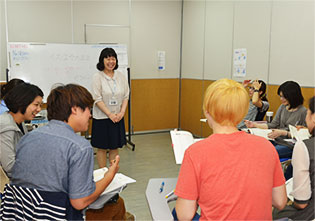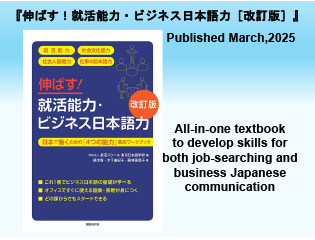The School's founder, Naoe Naganuma, was influenced by the Oral Method of language training introduced by the British pioneer in language pedagogy, Harold E. Palmer. He subsequently went on to develop the Mondou (question-and-answer) Method specifically for Japanese language education which eventually became known as the "Naganuma Method".
As language use and the technology of language training have evolved over the ensuing decades, Naganuma has remained at the forefront in language teaching methods and in the development of graduates with the ability to communicate and function professionally in a wide range of fields that demand fluency in Japanese.


